
 Department of Conservation and Recreation
Department of Conservation and Recreation
Conserve. Protect. Enjoy.
 Department of Conservation and Recreation
Department of Conservation and Recreation
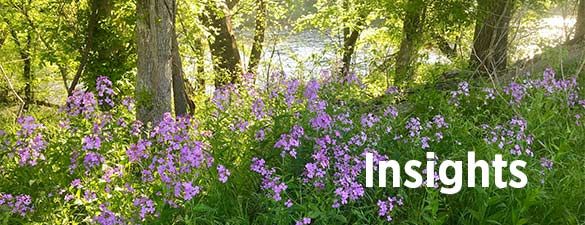
By Guest AuthorPosted October 07, 2025
 State agencies are working together on a new deer management program that provides conservation-driven hunting opportunities. READ MORE
State agencies are working together on a new deer management program that provides conservation-driven hunting opportunities. READ MOREBy Guest AuthorPosted January 27, 2025
 Although the Virginia Resource Management Plan (RMP). Program just celebrated its 10-year anniversary, many farmers are still unaware of the long-term benefits of participating in this voluntary conservation program. READ MORE
Although the Virginia Resource Management Plan (RMP). Program just celebrated its 10-year anniversary, many farmers are still unaware of the long-term benefits of participating in this voluntary conservation program. READ MOREBy Guest AuthorPosted October 24, 2024
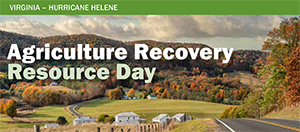 Agriculture Recovery Resource Days are daylong resource fairs for farmers, private forest owners and agribusinesses that were impacted by Hurricane Helene in Virginia. Come to this event to meet with more than 15 local, commonwealth and federal agencies and nonprofit organizations, which will be providing information about programs and resources that can support your farm's recovery. READ MORE
Agriculture Recovery Resource Days are daylong resource fairs for farmers, private forest owners and agribusinesses that were impacted by Hurricane Helene in Virginia. Come to this event to meet with more than 15 local, commonwealth and federal agencies and nonprofit organizations, which will be providing information about programs and resources that can support your farm's recovery. READ MOREBy Guest AuthorPosted September 13, 2024
 The Virginia Master Naturalist (VMN) program is a statewide corps of volunteers providing education, outreach and service dedicated to the beneficial management of natural resources and natural areas within their communities.  The Virginia Department of Conservation and Recreation has been a sponsor of the program since 2005. READ MORE
The Virginia Master Naturalist (VMN) program is a statewide corps of volunteers providing education, outreach and service dedicated to the beneficial management of natural resources and natural areas within their communities.  The Virginia Department of Conservation and Recreation has been a sponsor of the program since 2005. READ MOREBy Guest AuthorPosted June 06, 2024
 Clinch River and Natural Tunnel state parks strive to be advocates for the Clinch River and its biodiversity. The river is an ecological marvel, housing around 50 species of freshwater mussels, some of which are found nowhere else in the world. READ MORE
Clinch River and Natural Tunnel state parks strive to be advocates for the Clinch River and its biodiversity. The river is an ecological marvel, housing around 50 species of freshwater mussels, some of which are found nowhere else in the world. READ MOREBy Guest AuthorPosted February 27, 2024
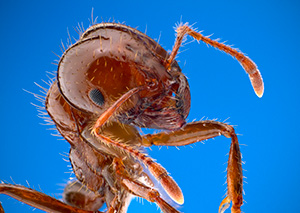 For National Invasive Species Awareness Week, learn about nine species found in Virginia. READ MORE
For National Invasive Species Awareness Week, learn about nine species found in Virginia. READ MOREBy Guest AuthorPosted June 09, 2022
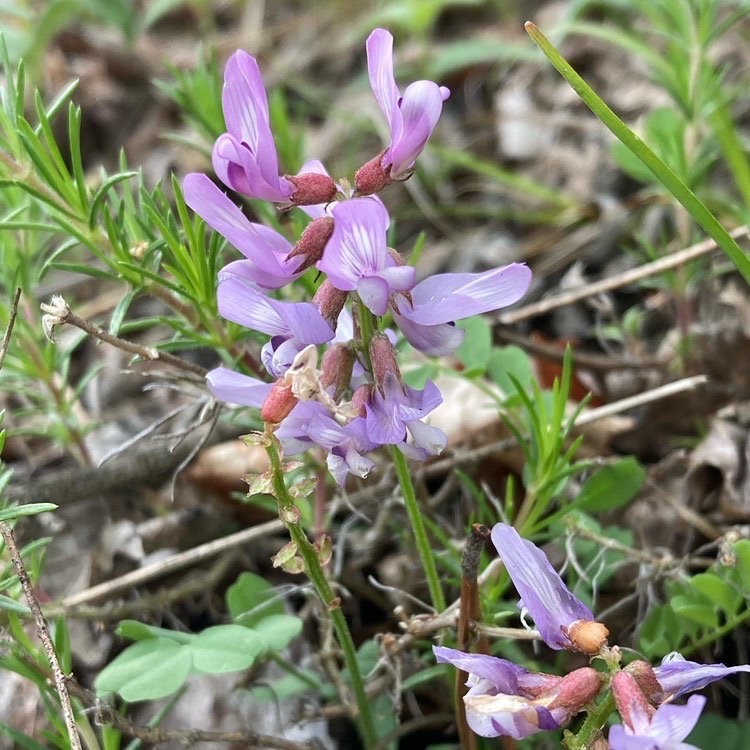 A research team of students, faculty and alumni at George Mason University, led by Andrea Weeks, associate professor, associate chair of research, Department of Biology, helped rediscover a population of Ozark milkvetch on Short Mountain in Shenandoah County. READ MORE
A research team of students, faculty and alumni at George Mason University, led by Andrea Weeks, associate professor, associate chair of research, Department of Biology, helped rediscover a population of Ozark milkvetch on Short Mountain in Shenandoah County. READ MOREBy Guest AuthorPosted June 22, 2021
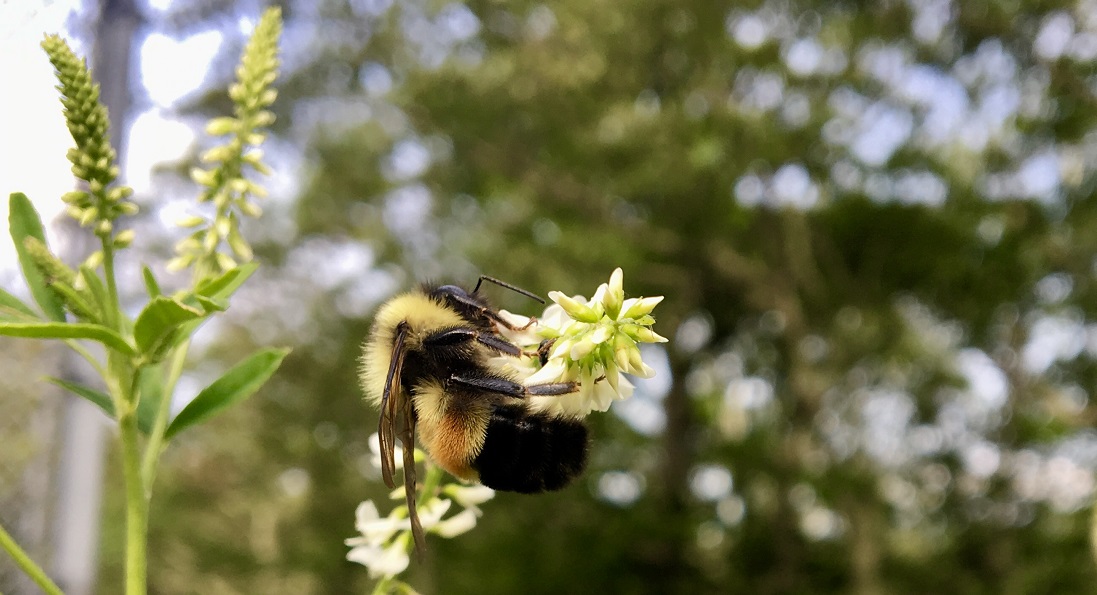 Pollinators are essential to ecosystems and habitats across the globe, but they are in decline. While the causes are complex, there are simple ways you can help them at home. READ MORE
Pollinators are essential to ecosystems and habitats across the globe, but they are in decline. While the causes are complex, there are simple ways you can help them at home. READ MOREBy Guest AuthorPosted May 13, 2021
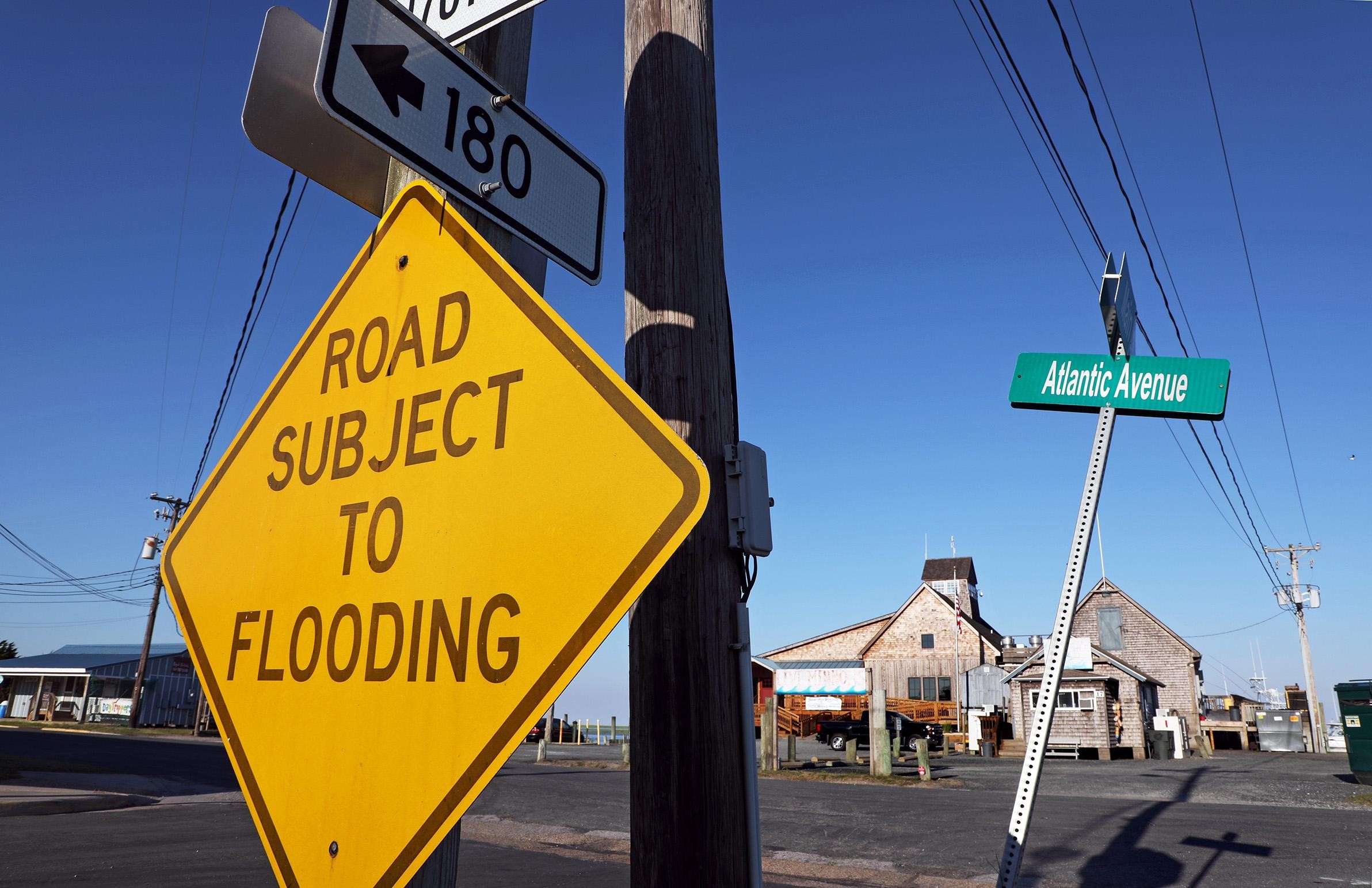 In the United States, floods are the most common type of natural disaster, and they often cause extensive damage to homes. In Virginia, floods pose a risk to residents throughout the state, even if you live outside a mapped floodplain or traditional high risk zone. Common threats include storm surges, riverine and tidal flooding, and even snowmelt. READ MORE
In the United States, floods are the most common type of natural disaster, and they often cause extensive damage to homes. In Virginia, floods pose a risk to residents throughout the state, even if you live outside a mapped floodplain or traditional high risk zone. Common threats include storm surges, riverine and tidal flooding, and even snowmelt. READ MOREBy Guest AuthorPosted April 15, 2020
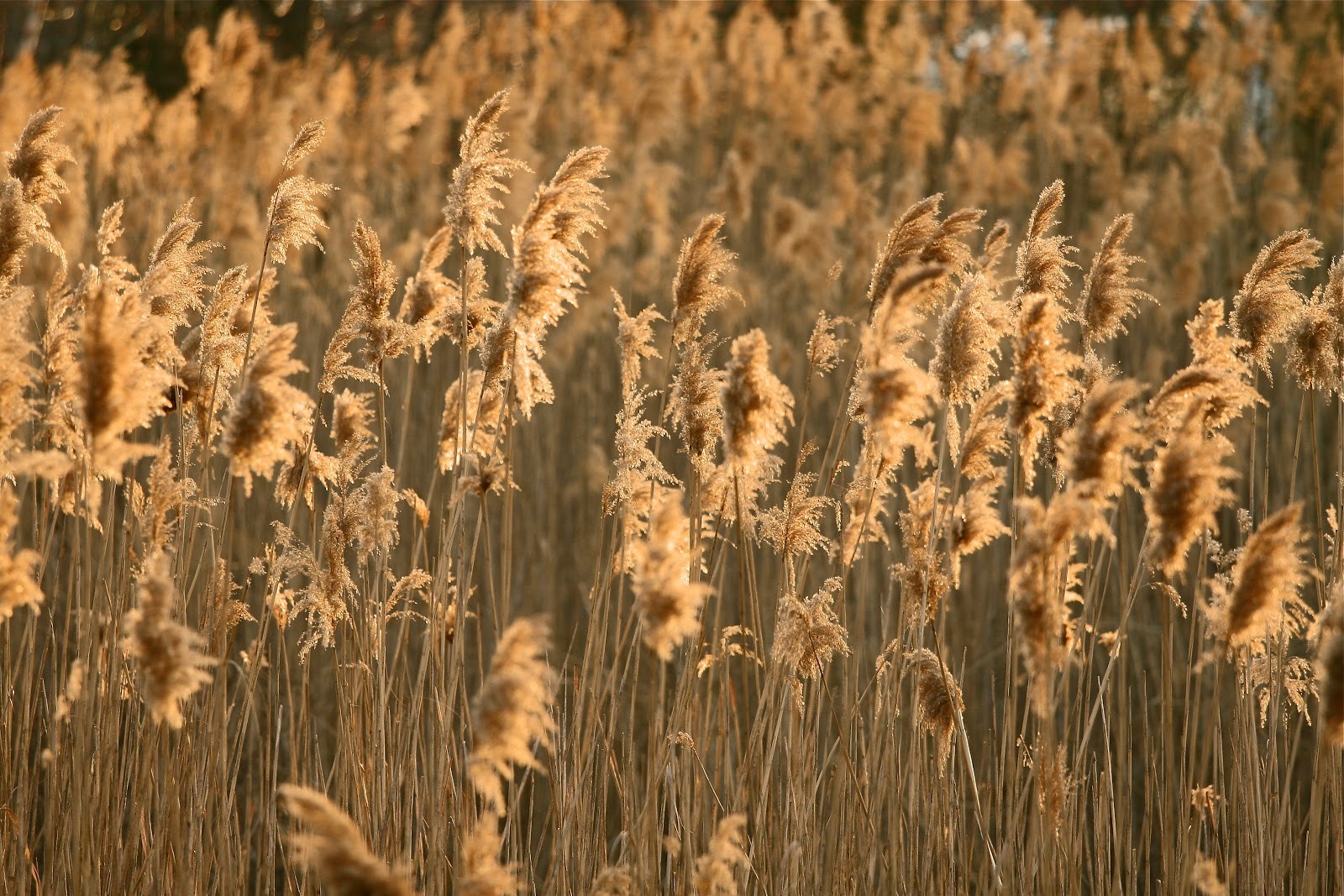 Unfortunately, Virginia's native environment is threatened by invasive species of plants, animals and insects. Thankfully, the Virginia Department of Conservation's Natural Heritage Program and the Virginia Native Plant Society have been working together to assess the potential risks that come from these non-native interlopers. READ MORE
Unfortunately, Virginia's native environment is threatened by invasive species of plants, animals and insects. Thankfully, the Virginia Department of Conservation's Natural Heritage Program and the Virginia Native Plant Society have been working together to assess the potential risks that come from these non-native interlopers. READ MORE
